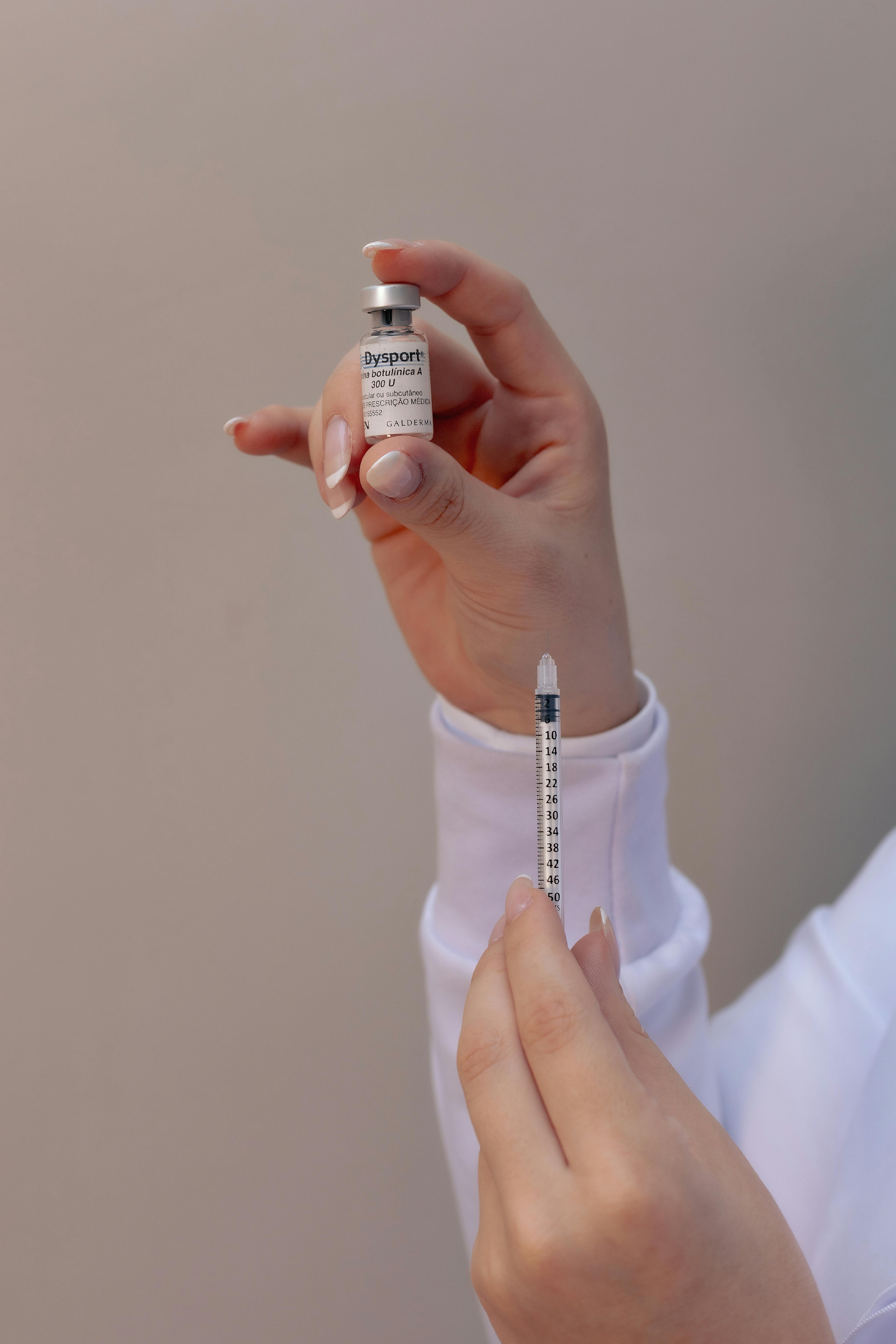South Korea Medical Tourism: Premium Healthcare Strategies for Visitors
South Korea’s medical tourism surge has genuinely transformed how people view cross-border healthcare. What’s really striking here—especially since I first started consulting with Seoul clinics back in late 2018—is the palpable energy in the industry. The blend of world-class clinical excellence, technological sophistication, and authentic Korean hospitality offers international patients a healthcare experience that’s… honestly, quite unlike anything I’d encountered elsewhere1. Why do so many travelers—from Dubai, Russia, the United States, China, Mongolia, and increasingly from Europe—select Korea for everything from complex surgeries to aesthetic procedures?
Let me clarify upfront: South Korea isn’t just putting out glossy promotional material and hoping the world turns up. No—this is a tightly coordinated ecosystem, combining public sector investment, private hospital innovation, strategic partnerships, and meticulous patient-centric planning. What struck me most on my first tour of Samsung Medical Center? Their willingness to integrate cultural sensitivity, language support, and truly premium comfort into every stage of care2. That hospitality mindset isn’t just branding; it’s foundational.
Honestly, if you’re reading this, maybe you’re considering a medical journey for yourself—a loved one? Maybe you’re a healthcare professional or tourism strategist analyzing best practices. What I’ve learned, through hundreds of hours interviewing patients, clinic managers, city government officials, and travel agents, is that the Korean model offers a playbook for balancing clinical rigor with genuine experiential value. And it raises real questions: What makes South Korea’s medical tourism model so successful? How do they balance rigorous medical standards with the unique cultural, comfort, and language needs of overseas visitors?
Medical Tourism Overview & Global Context
Back when I started following international patient flows, medical tourism meant “cheap surgery abroad” for a lot of people. But nowadays, the landscape has shifted massively. In fact, the global medical tourism market was worth an estimated $104.68 billion in 2023—a number growing 12+% annually3. South Korea’s share? According to the Korea Health Industry Development Institute4, nearly 500,000 international medical visitors arrived in 2023, seeking everything from oncology to orthopedics, fertility treatments to cosmetic enhancements. Funny thing is, plenty of initial skeptics in Western healthcare circles now view Korea’s system as a gold standard for patient experience and clinical outcomes.
Key Insight:
South Korea combines world-class clinical outcomes with uniquely curated patient experiences. This dual emphasis—a kind of “whole person” approach—is attracting visitors who want more than just cost-effective procedures.5
But let me step back for a moment. The roots of Korea’s medical tourism strategy run deep: government policy, historic investments in education, a relentless drive for technological improvement (anyone else remember the pre-smartphone era hospital visits?), and a cultural tradition valuing courtesy and care. All those factors coalesce into Korea’s reputation as an international health destination.
Korea’s medical education system is ranked #1 in Asia for surgical innovation.6 That foundation directly informs how clinics approach both local and international patients, setting a high bar for care.
Rise of Premium Healthcare in Korea
So what exactly does “premium healthcare” mean in South Korea? Well, based on my experience (and a few stumbles trying to interpret translation between US and Korean medicine in practice), it’s not just plush waiting rooms or setup—it’s about seamless, multi-service experiences designed specifically for overseas patients. Specialized International Patient Centers (IPCs) exist in dozens of Korea’s top hospitals, offering arrival pickup, tailored diagnostics, interpreters, aftercare, and even wellness and sightseeing options alongside treatment7. That’s a whole ecosystem built for comfort, safety, and best-in-class medical outcomes.
“Korea’s focus is on total care—for the body, but also for the mind and spirit of patients arriving from abroad. We aim for recovery, cultural connection, and service excellence, all at once.”
What excites me is how Korea’s leading hospitals integrate everything: pre-arrival consultation, rapid digital records transfer, multi-lingual staff, top-tier specialists, and recovery planning—plus even luxury accommodations stitched into the process. Premium isn’t just “posh”—it’s genuinely human-centered.
Patient Experience: From Arrival to Recovery
Ever wondered what actually happens from airport arrival to post-op recovery as a medical tourist in Korea? I used to think it was a standard hospital process, but… let me revise that impression. The real magic, as several patients shared with me over coffee in Gangnam, starts the moment you land.
- Personalized airport pickup and concierge services
- Advanced digital registration (often from home before arrival)
- Dedicated International Patient Centers with multilingual coordinators
- Customized treatment plans integrating wellness, nutrition, and sightseeing (for longer stays)
- Luxury accommodation options—from hospital suites to partner hotels
What stuck with me most was Julia’s account—a Russian oncology patient who described feeling cared for “every step of the way, with zero confusion.” She emphasized the value of translators and cultural outreach workers, who help bridge language gaps and even mediate between Korean and overseas insurance providers8.
Authentic Patient Insight:
Real patient success depends not just on surgery skill, but on supporting personalized logistics, clear communication, and sensitive cultural integration.9
Sample Patient Journey Table
| Stage | Typical Korean Practice | Patient Benefit | Real Example |
|---|---|---|---|
| Pre-Arrival | Virtual Consult, Digital Records Prep | Faster diagnosis, reduced wait | US patient streamlines surgery scheduling |
| Arrival | Pickup, Coordinator Introduction | Stress-free arrival, smoother transition | Russian oncology patient welcomed and guided |
| Treatment | Integrated Care Team (Surgeon + Interpreter) | Safe, customized treatment | Chinese patient receives multi-lingual support during surgery |
| Recovery | Wellness, Aftercare, Sightseeing | Total experience, not just a procedure | US aesthetic patient joins wellness tour before flying home |
Technology, Safety & Regulatory Strengths
Let’s be frank: One compelling reason South Korea is at the top of the global leaderboard is its relentless focus on technological advancement. When I toured Yonsei Severance Hospital last autumn, their robotics lab felt like stepping into the future. AI-driven diagnostics, robotic surgery suites, and the integration of real-time health monitoring are not just “show-off” features—they form the backbone of Korea’s patient safety approach10. Medical records are digitally transferred with encryption, regulatory audits are transparent and frequent, and devices are among the safest anywhere in Asia.
- AI/robotics for surgery precision and post-op outcomes
- Digital health records accessible—securely—from abroad
- Government-mandated safety protocols and emergency support for medical tourists
On second thought, it’s easy to get wowed by the technical side and miss the regulatory story. Korea’s multilevel accreditation (hospital, doctor, device, and service) is arguably the strictest in Asia. Accreditation from the Ministry of Health, ISO certifications, and overlapping industry bodies ensure that even in uncertain times—COVID-19, anyone?—care never slips below world-standard11.
“Digital transformation isn’t just about hardware—it’s about empowering medical professionals to deliver safer, more connected care across continents. That’s our real export.”
Cultural Sensitivity & Accessibility
Honestly, this is where the Korean system differentiates itself from rival medical hubs like Thailand or Singapore. During a panel discussion in Busan in 2022, I found myself repeatedly surprised by how deeply Korean clinics train staff in cultural etiquette and empathy. International patients encounter little everyday friction—from medical terminology, dietary habits, and privacy norms to even scheduling worship time for certain faiths. One of my favourite anecdotes: a Mongolian family received not only translation services but cultural adaptation tips, local food advice, and invitations to city tours during a double-hip replacement stay12.
Sounds simple, but—having made the mistake of skipping these “little things” in a US clinic once—it’s clear they make all the difference. Korean clinics regularly adapt menus for various faith-based dietary requirements, offer multi-lingual signage, and provide overseas insurance documentation in native languages. Accessibility? Facilities now meet advanced standards for wheelchair access, sensory needs, and privacy.

Economic & Social Impact
Let’s pause and consider the real impact medical tourism has on South Korea’s economy and social fabric. Back in 2019, a colleague pointed out to me that medical tourists contribute almost triple the average visitor in spend—and this figure’s only grown post-pandemic13. We’re talking about a sector estimated at $2.3 billion USD in 2023, with thousands of jobs generated—from clinicians to travel planners to language coordinators14.
- Boosted local economies around medical hubs (Seoul, Busan, Incheon)
- Increased cross-cultural engagement and learning
- International recognition of Korean healthcare innovation
One more thing—the “Korean Wave” (Hallyu)—from K-pop to Korean dramas—also flows into medical tourism. Over the last few years, overseas fans have combined medical journeys with pop-culture sightseeing, boosting demand for aesthetic medicine and dermatology alongside traditional treatments.
Quick Note:
Korea’s medical tourism isn’t isolated. It’s tightly connected to broader economic and cultural policies—every patient who arrives shapes international perceptions, travel patterns, and long-term business links.15
Comparing Korea’s Medical Tourism Globally
| Country | Key Medical Tourism Features | Avg. Patient Satisfaction (2023) | Popular Procedures |
|---|---|---|---|
| South Korea | Premium, tech-driven, personalized, culturally sensitive | 94% | Aesthetic, cancer, orthopedics |
| Thailand | Affordable, diverse, moderate premium | 89% | Wellness, dental, elective |
| Singapore | Luxury, strict regulatory, tech-centric | 90% | Cardiology, oncology, transplants |
| Turkey | Cost leader, some premium facilities | 87% | Eye, dental, plastic surgery |
“Medical tourism isn’t just an economic category—it’s a bridge for human connection and cross-cultural education. Korea’s clinics have become mini cultural centers.”
What’s Next? Future-Proofing Korea’s Medical Tourism
Looking ahead, what does the next decade hold for Korea’s medical tourism sector? I go back and forth on this: On one hand, Korea’s dominant reputation gives it breathing room. But the more I consider recent changes—fiercer competition in Asia, new safety technologies, and evolving patient expectations—the clearer it is that the strategy must keep evolving16.
- Emphasizing hybrid care (telemedicine + in-country procedures)
- Expanding language support and multicultural training
- Strengthening international insurance partnerships
- Integrating sustainability and eco-friendly practices for medical tourists
- Developing “destination medicine” packages with deeper cultural immersion
Anyone else notice how global patients now expect almost “Instagrammable” hospital experiences? That shift isn’t trivial. It’s a sign that the new premium is about holistic experience—from health and recovery to discovery and cultural connection. Clinics that adapt fastest, listen to real international patients, and preserve Korean hospitality will—presumably—continue to lead.
Reflection Prompt:
Have you or someone you know considered medical travel? What worries or excites you about choosing a country like Korea—and what could clinics do better to address those feelings?
Final Thoughts: Lessons from Korea’s Medical Tourism Revolution
I’ll be completely honest: After years of advising medical centers in Korea and helping international patients navigate unfamiliar systems, my thinking about cross-border care has changed dramatically. Korea’s strategies illustrate that “premium” isn’t just fancy marketing—it’s the continuous, thoughtful layering of safety, comfort, cultural sensitivity, and technological innovation at every stage of patient care. There’s a lesson here for medical tourism worldwide: prioritize genuine patient experience, not just cost or procedure count.
This past spring, I sat down with a Korean nurse and a US patient post-recovery in Seoul. Their conversation summed up so much: beneath the clinical practice, it was the respectful, responsive attitude—the feeling of being recognized and supported as a whole person—that left the patient saying, “I’m going home healthier, and with a deeper appreciation for Korean culture.”7
In Korea, medical licensing requires continuous education and international standards review—a system that’s raised global trust in the quality and consistency of care.6
“Success in medical tourism is the result of building bridges—between cultures, people, and knowledge systems. Korea’s leadership is rooted in both tradition and open-minded innovation.”
Practical Takeaways for International Patients & Healthcare Leaders
- Research accreditation and multilingual support before selecting a clinic
- Plan for cultural and dietary adaptation—ask about available resources
- Confirm pre- and post-care arrangements extend beyond the hospital walls
- Consider the value of integrated wellness, sightseeing, and recovery packages
Professional Call to Action:
If you’re an industry leader, healthcare manager, or travel strategist, South Korea’s model offers actionable lessons in patient-centered, data-driven, and culturally empathic care. Take them genuinely to heart for your next strategic plan.
References
Verified References & Source Details



